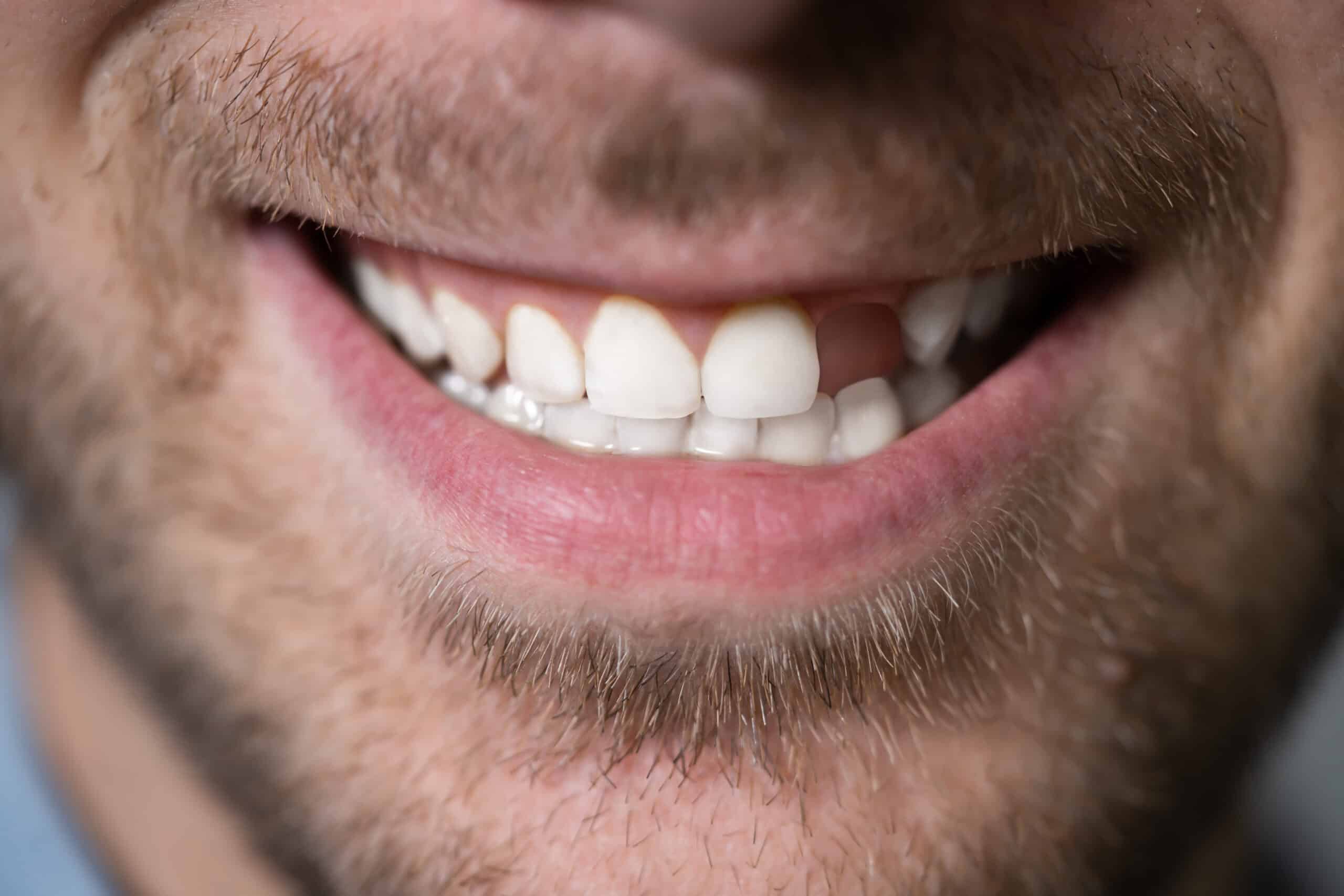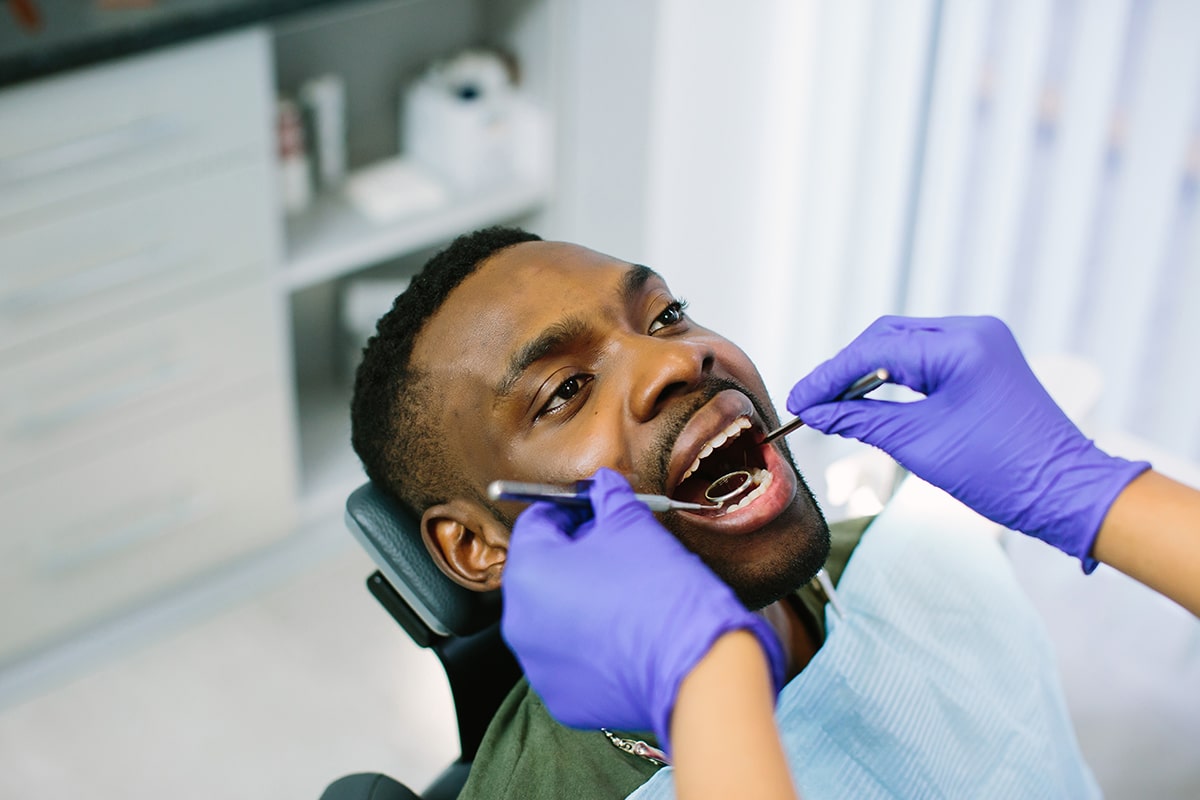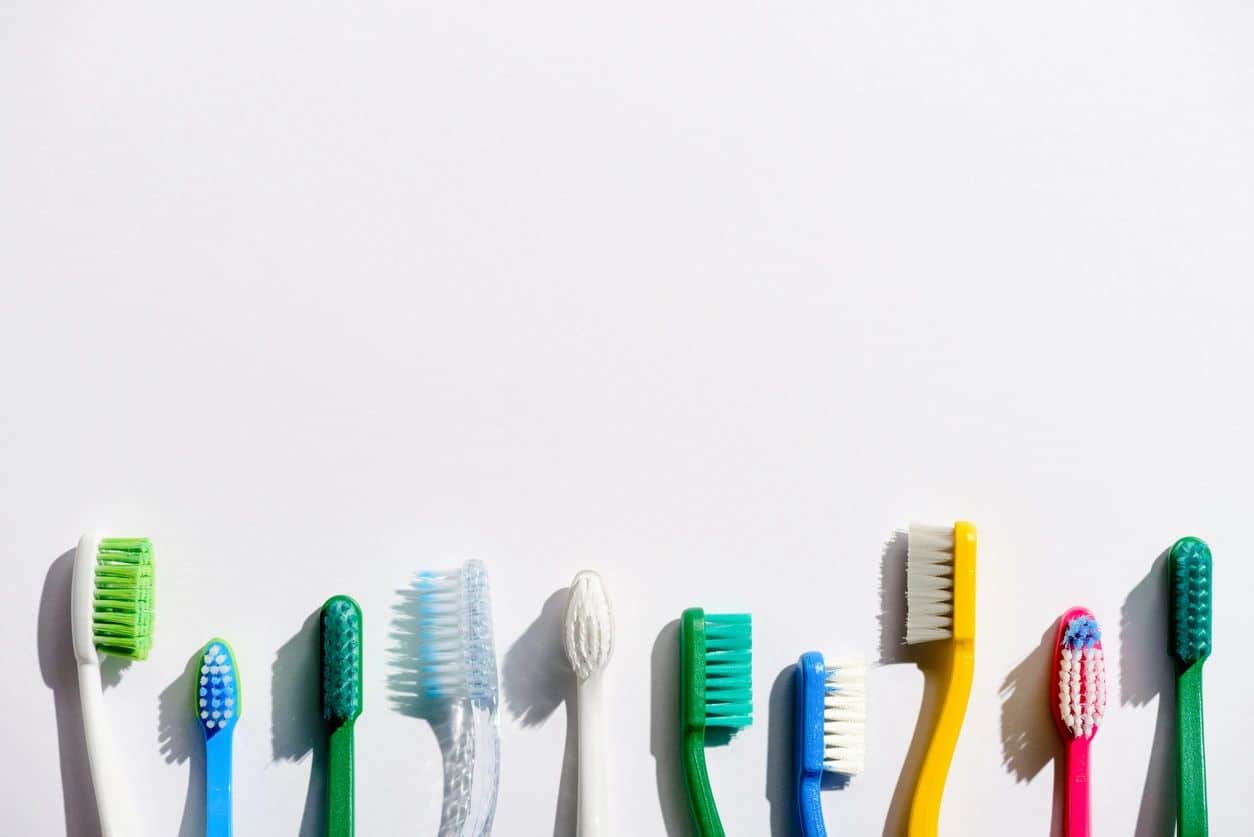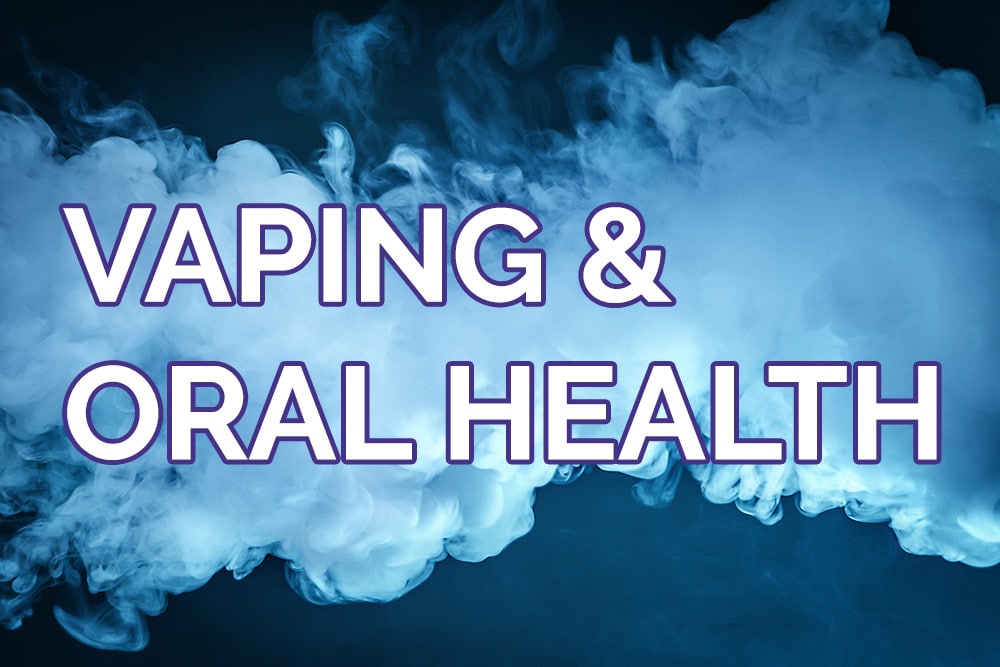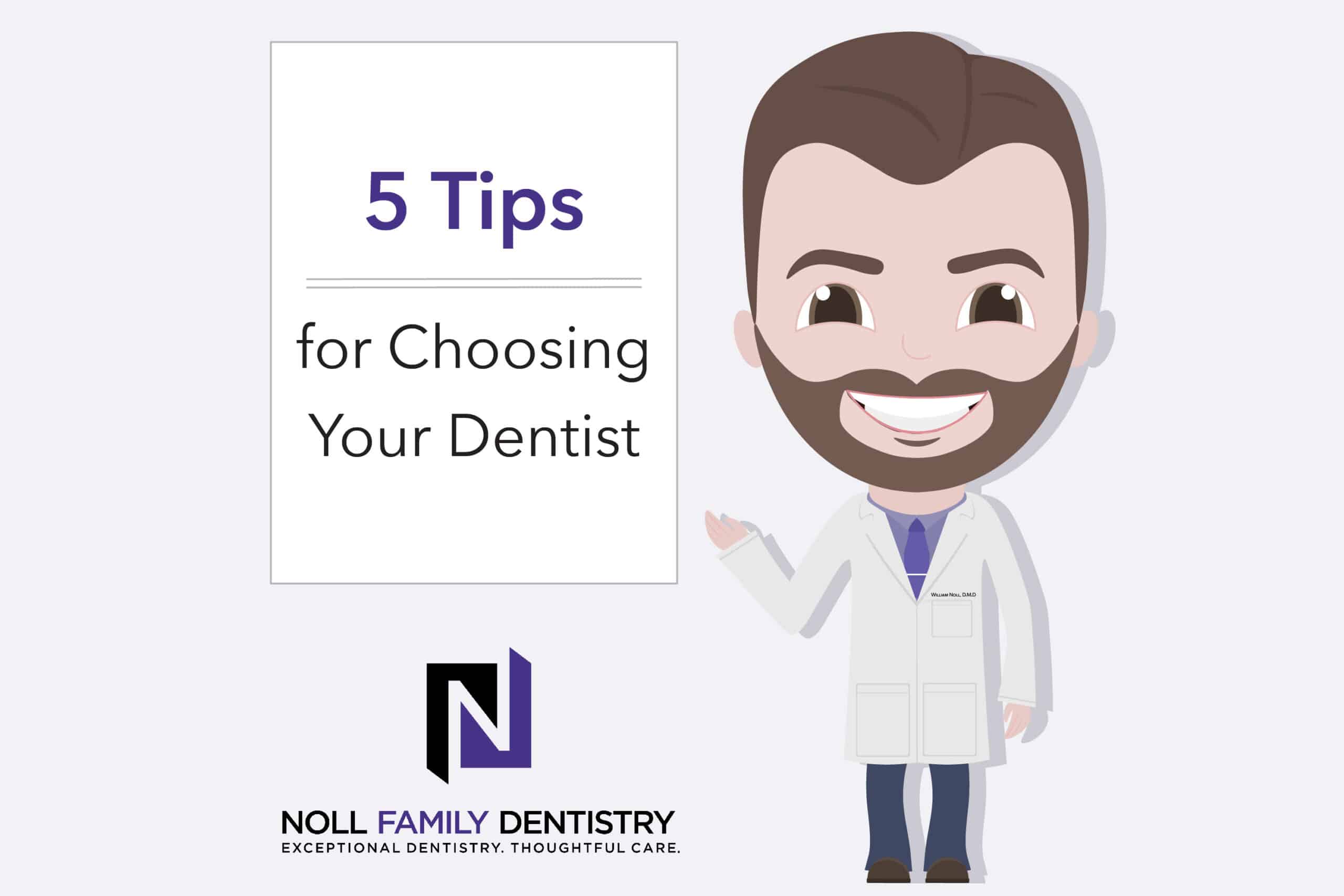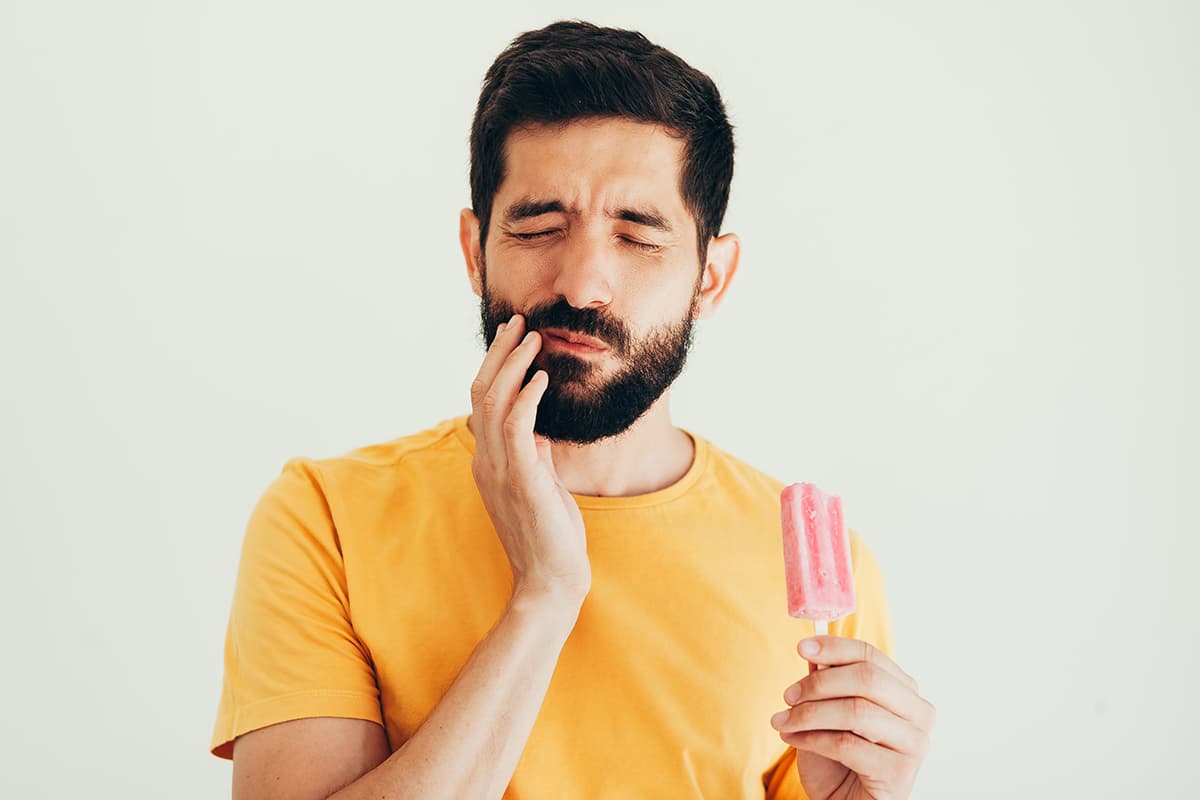How Missing Teeth Can Change Facial Shape & Increase Aged Appearance
Most of us realize that replacing missing teeth creates a nicer looking smile. But did you know that replacing teeth is just as important for your appearance because missing teeth can essentially change the shape of the face?
In healthy mouths with no missing teeth, the roots of the teeth are supported by the jawbone. When teeth are missing, the jawbone is slowly shrinking, which results in decreased facial support. So, with every tooth that is lost, bone and facial muscle support are lost too, which can change the way you look. Without teeth to support, facial collapse such as sunken or sagging cheeks may start to show, which can make us look older than we really are.
The Importance of Replacing Missing Teeth:
In addition to facial profile support, our teeth serve to aid in chewing, digestion, speaking, and even boosting self-esteem. Studies have shown that tooth loss can have a negative impact on our self-esteem.
Since we know that teeth keep your facial muscles and bones intact, it makes sense that there is a relationship between missing teeth and signs of early aging. Without the support that your teeth provide, your mouth and cheeks can sink, shrink, and sag, which is often called, facial collapse.
Missing teeth also form gaps. While a few teeth gaps may seem insignificant, gaps allow for shifting of existing teeth, which affects facial support as well. So even if you lose only a few back teeth, those teeth can shift and cause a domino effect that can change your front tooth position as well. Gaps in front teeth can negatively affect our appearance.
Unfortunately, an aged facial appearance is not the only problem with missing teeth. Tooth loss also causes lifestyle changes as well. Without full tooth support, people find it hard to chew, speak, or smile. Rather than merely an inconvenience, tooth loss can become a major hindrance to each additional tooth loss.
Missing Teeth Can Make You Look Older:
Aging facial appearance is a lesser-known problem that people think about when they lose their teeth.
Signs of premature aging due to tooth loss include the following facial profile changes:
- Facial angles – When we lose teeth, we also lose the height of the jawbone, which lowers the facial height too. Change in angulation can alter face shape and make noses appear larger. Loss of shape can make the face appear sunken or hallowed.
- Facial wrinkles – Facial angulation changes can cause increased vertical lines that make us appear older than we really are.
- Bite Changes – Tooth loss causes changes in how teeth come together. A deterioration in the bite can create a harsher facial appearance because the corners of our mouth lose shape.
- Frown Appearance – The loss of shape around mouth corners can make you appear unhappy or even angry without knowing it.
- Chin rotation – Bite deterioration can cause a forward shift in the chin that creates a pointed looking appearance.
- Cheek jowls – When some of the jawbone is lost, it causes muscle ligaments to weaken, which allows for the sagging of facial tissue.
- Thinning lips – Without teeth to support the appearance of full lips, they can appear thin. In addition, weakened muscles around the mouth with missing teeth can make lips appear longer rather than fuller, which makes us look older.
Help to Prevent Premature Aging by Replacing Missing Teeth:
While tooth replacement options have been available for a long time, traditional replacement options like partials and dentures do not address missing jawbone. While dentures replace the visible part of the missing tooth, they do not replace the roots that are within the jawbone. That means that dentures cannot prevent further bone loss even though they replace the look of missing teeth.
Fortunately, a replacement option called a dental implant is available that not only replaces missing teeth but also missing jawbone support as well. Dental implants actually act like tooth roots because they integrate with the jawbone to allow for full bone support just like your own teeth. After an implant is placed, your dentist places a crown over it, which then replaces the tooth root and visible missing tooth.
Having increased jawbone support through implant placement helps to preserve or reshape your face for a more natural and youthful appearance! Call us at 717-243-9020 for more information.

